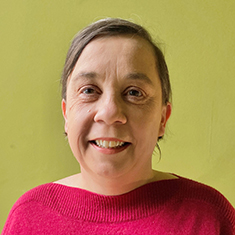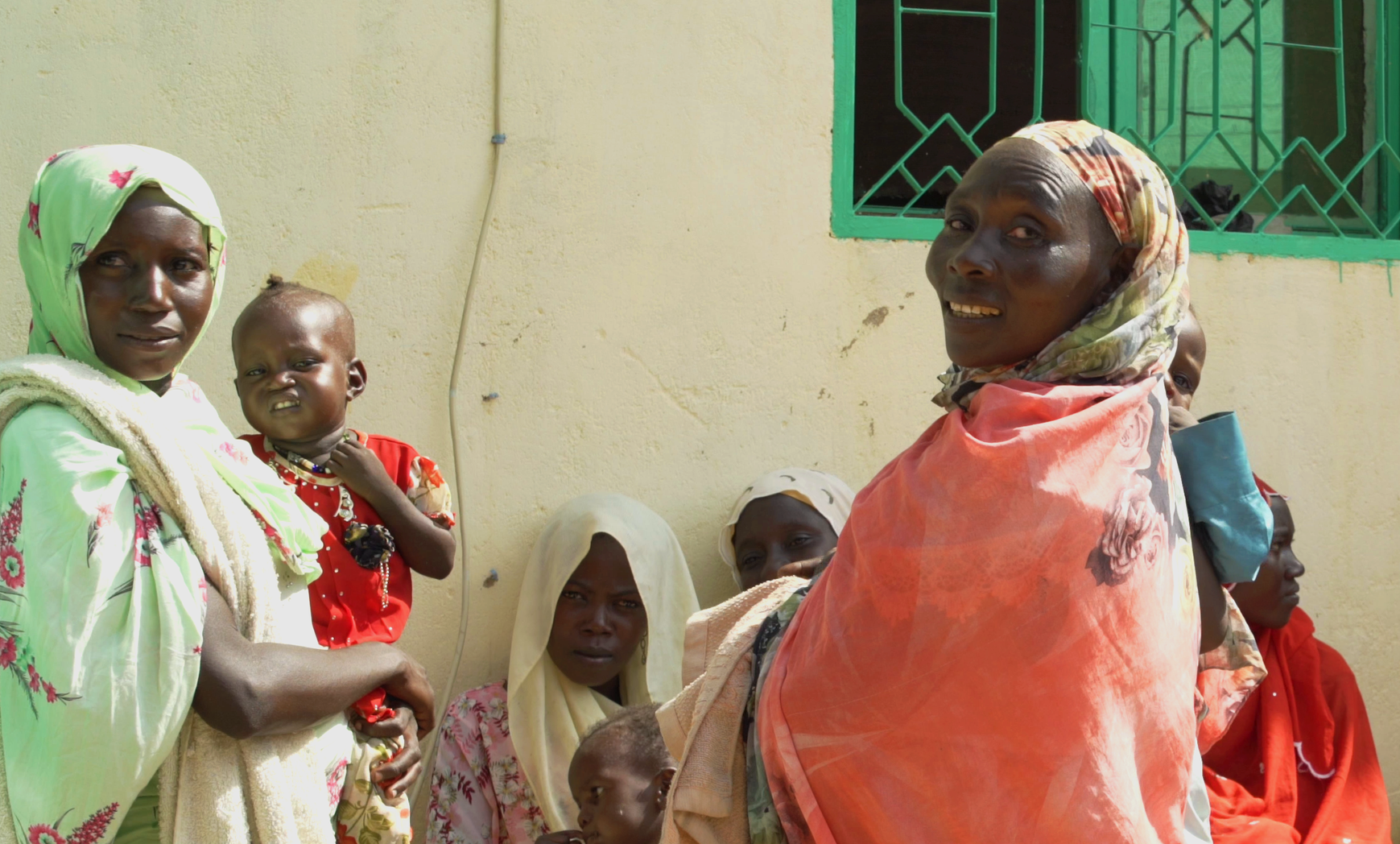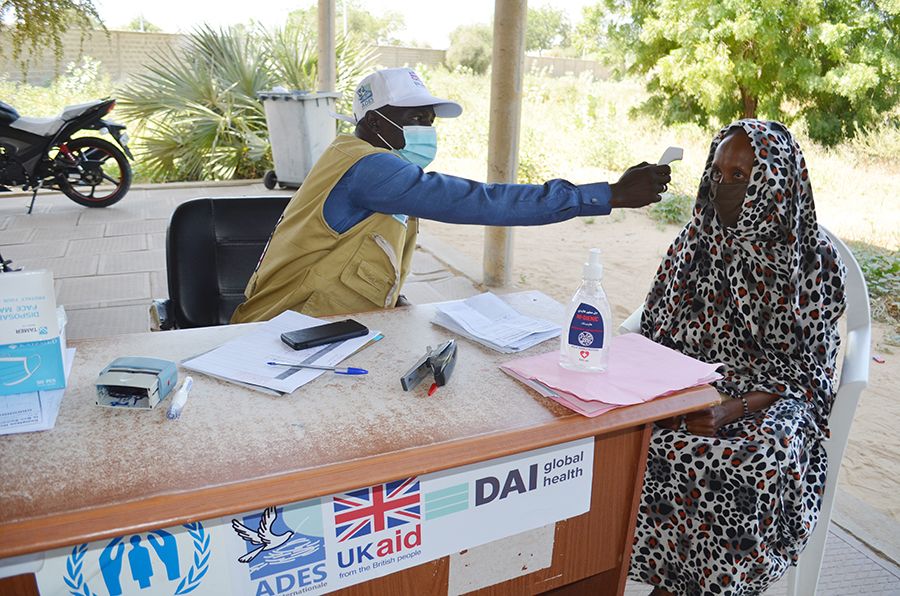One Health is an approach that recognizes that global health security depends on linking humans, animals, and the environment across the full spectrum of disease control—from prevention to detection, preparedness, response, and management. Dr. Charlotte Laurence, DAI UK Lead for Global Health, shares some reflections on how essential trust is to the success of the One Health approach.
One Health can seem like the sort of concept best left to academics and scientists—something that requires detailed technical understanding. Practitioners talk at length about the difficulties in implementing One Health approaches, about technical silos, and the complex interplay of global and local governance. As a health governance specialist, I have encountered these barriers to the operationalization of a seemingly abstract concept time and time again.
Through my engagement with the U.K.’s Foreign, Commonwealth and Development Office -funded Tackling Deadly Diseases in Africa (TDDA) Programme, as Programme Director between 2020 and 2022, something I’ve always suspected became fully crystallized: One Health is about systems, coordination, and implementing measures, but what helps it on the journey from abstraction to reality is simple and profoundly human. Trust. It is the fundamental ingredient to make it possible for people to come together, understand each other’s perspectives, and find collaborative solutions. Building trust is genuinely the most effective and enduring way of helping to achieve One Health.
Sometimes building trust means nothing more than bridging the technical and operational silos by literally bringing together people who don’t usually engage with each other. We achieved this during the TDDA project through our work in Sustaining National One Health Platforms. It sounds like a small thing, but for people to adopt holistic One Health approaches, they have to come together in person. When no one leads that coordination, for lack of resources or any other reason, the connection doesn’t happen. However, we found that leaps of progress were possible when we invested the small amount required to convene relevant people and commit to that effort on an ongoing basis.
In Uganda, for example, there was a small local organization that had participated in one of our trainings on health security and that we helped secure representation on district One Health planning meetings. This provided them with a platform to draw attention to the difficulties for people living with disabilities to access facility-based COVID vaccination services. The organization then worked closely with district authorities to help identify households that included people living with disabilities and support targeted vaccine roll-out. With a small investment in coordination, the impact was, of course, life saving.
At other times, more intricate bridge-building is necessary for conversations to happen. When we started exploring the role that civil society organizations (CSOs) could play in delivering health security interventions in hard-to-reach communities in Chad, it quickly became apparent that we would come up against barriers. The most significant of these was overcoming the mutual mistrust between CSOs and the government, the result of years of political instability and tension. It was a major achievement to become a trusted partner to both groups and to pave the way for dialogue and collaboration between them. The Government of Chad is now collaborating more regularly with CSOs on health security interventions, having developed a much better understanding of their role in accessing local communities and value in communicating One Health messages and delivering services.
The answer is often that simple. Taking the time to meet people in situ and listening to different perspectives. Becoming a trusted partner and making it possible for relevant actors to meet and speak with you and with each other, breaking down barriers and building consensus around solutions to major challenges. This, in turn, encourages collaboration to reduce risk and find better ways to identify and respond to evolving health threats. There’s no complex matrix for that, no implementation plan, just a recognition that human beings can learn to trust and support each other to achieve the same overarching goal. This is the key link between conceptualization and operationalization when it comes to One Health.






